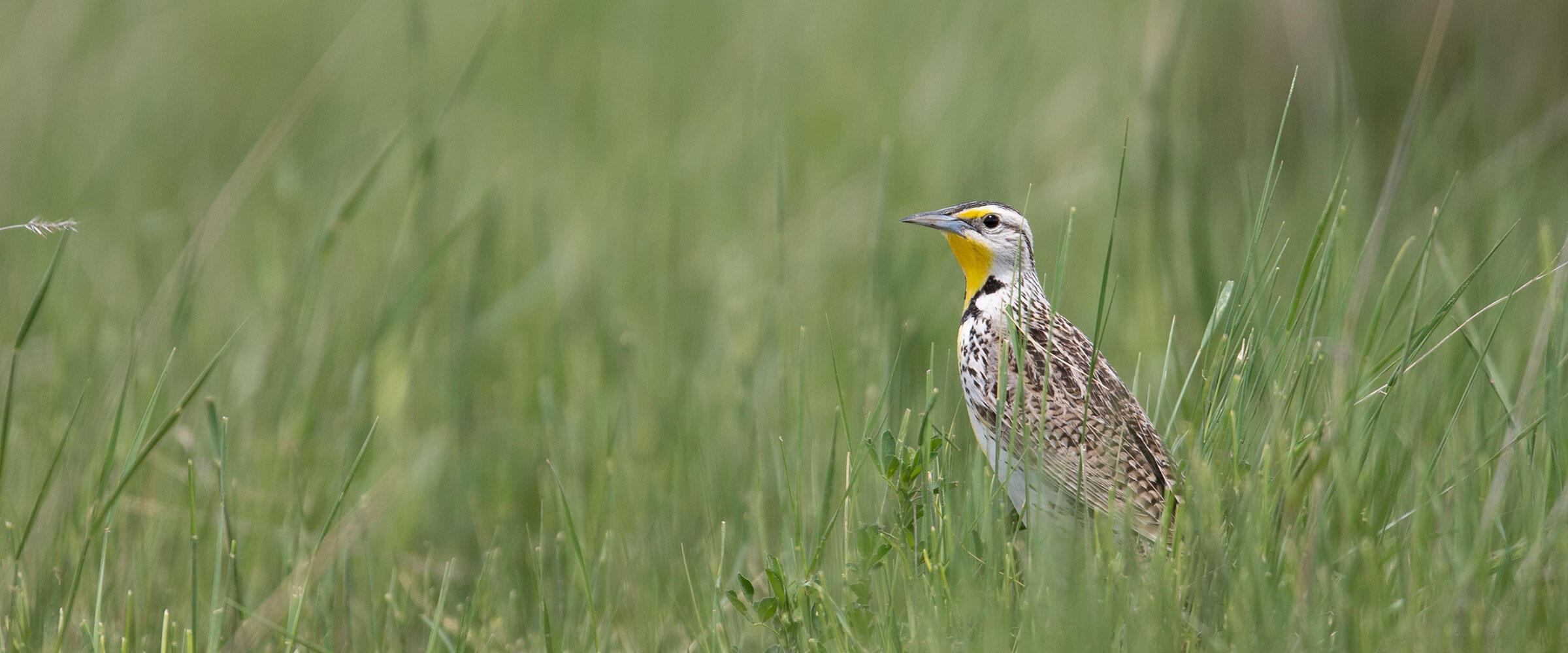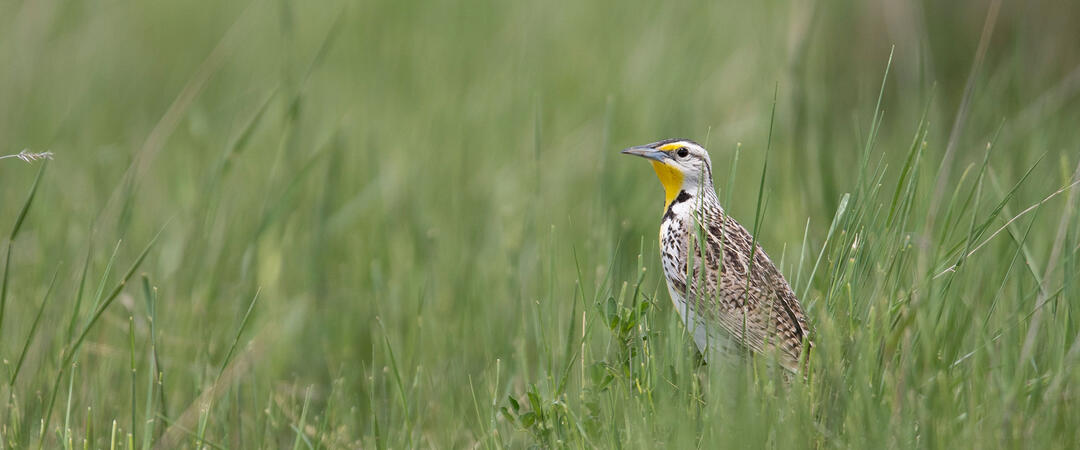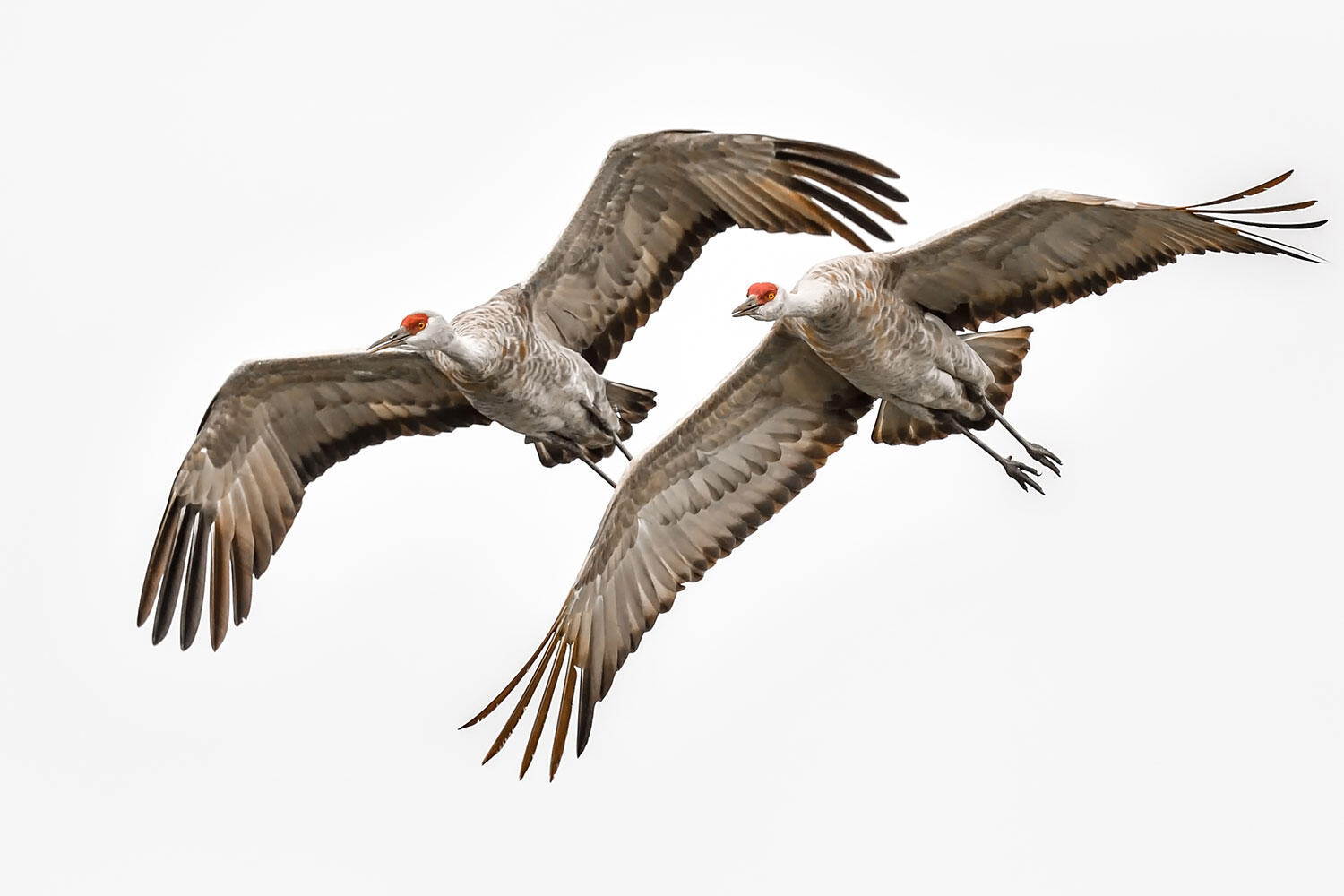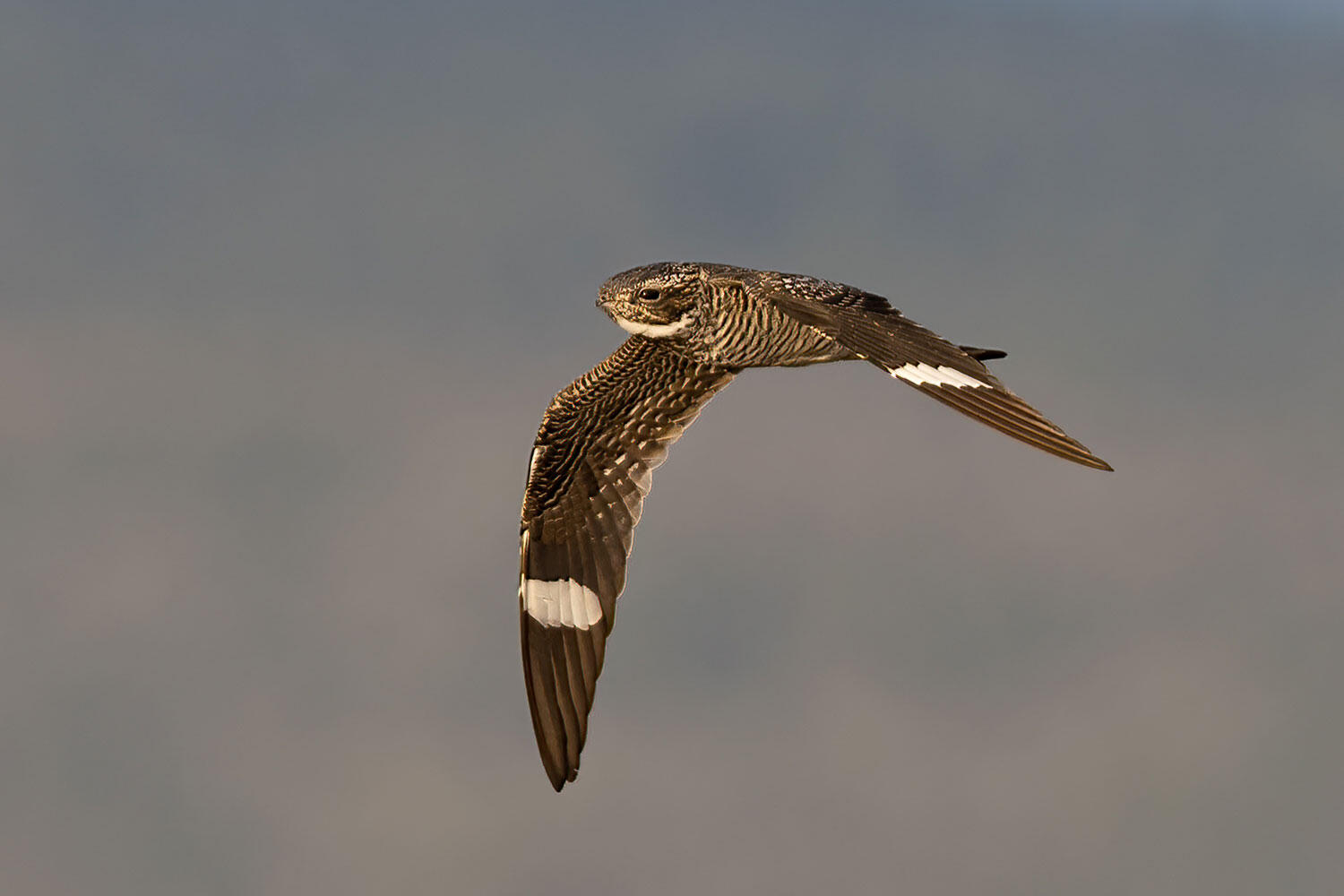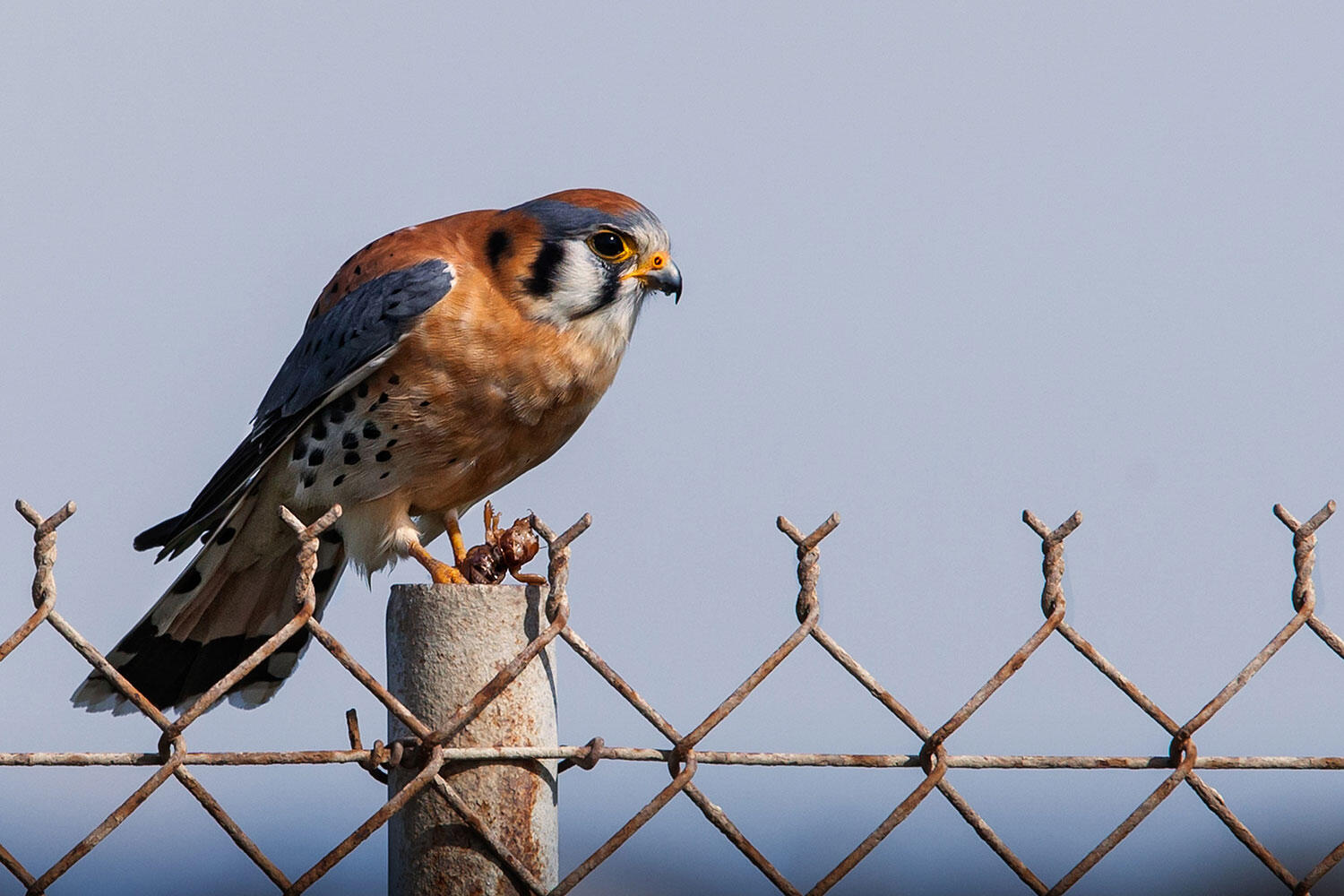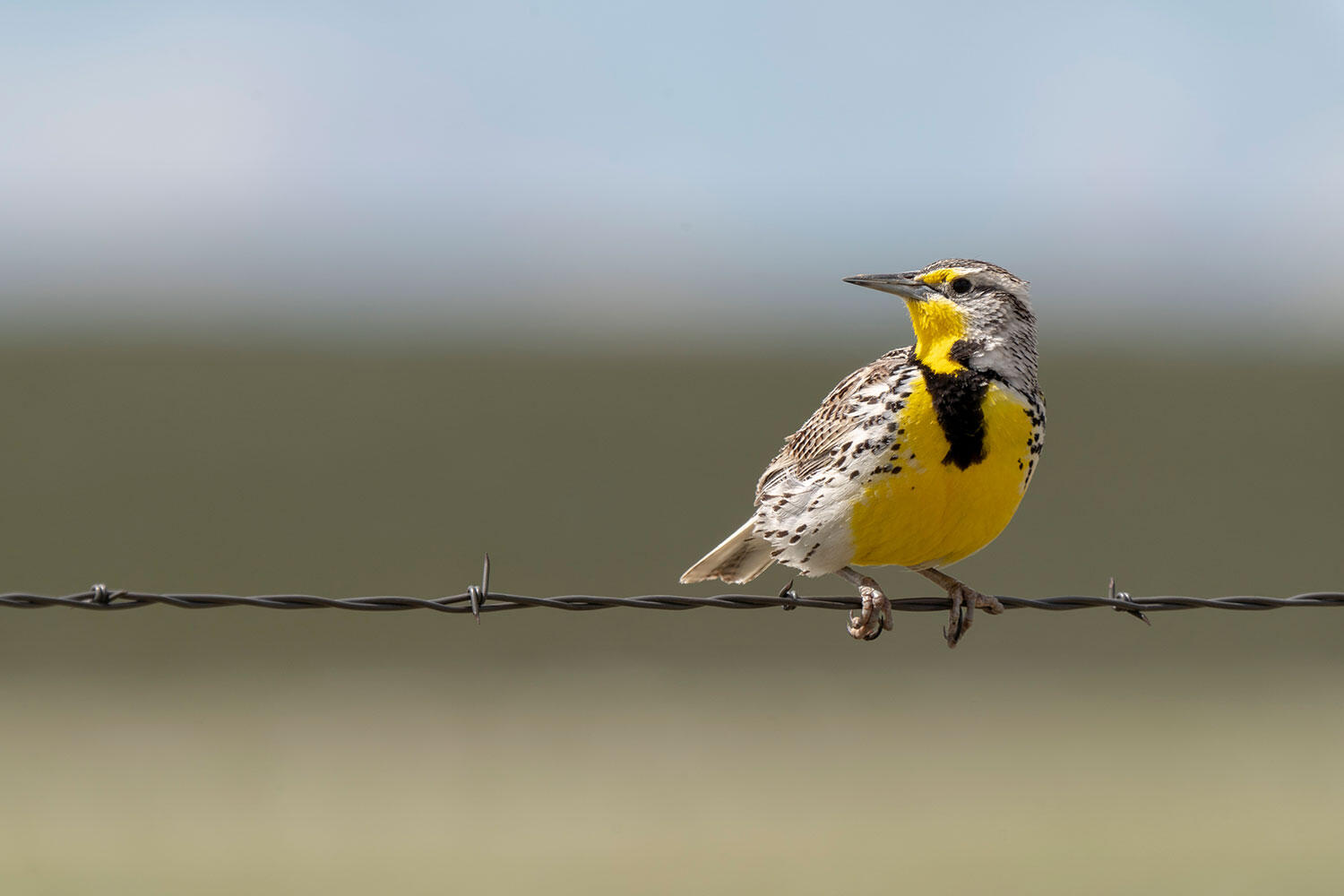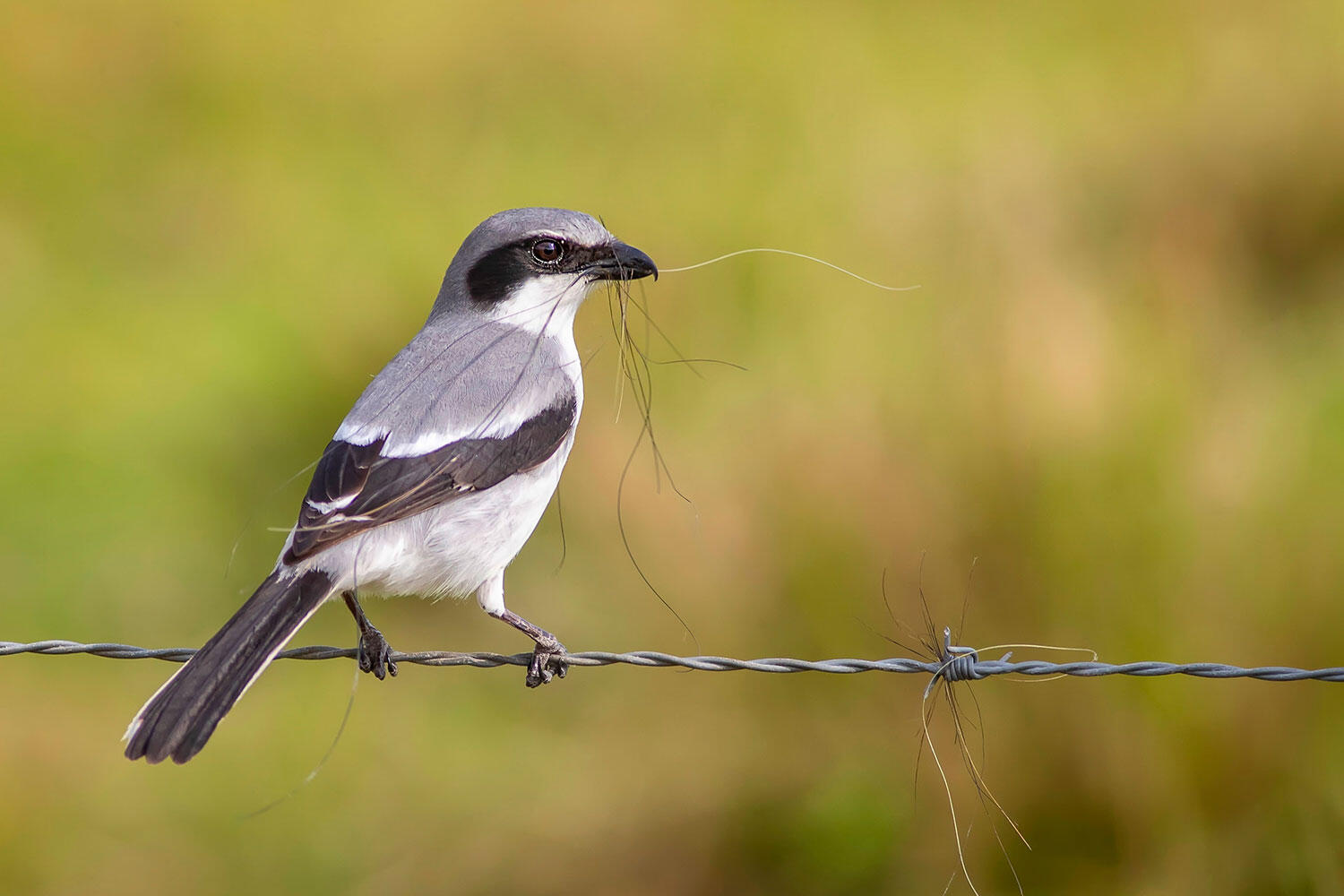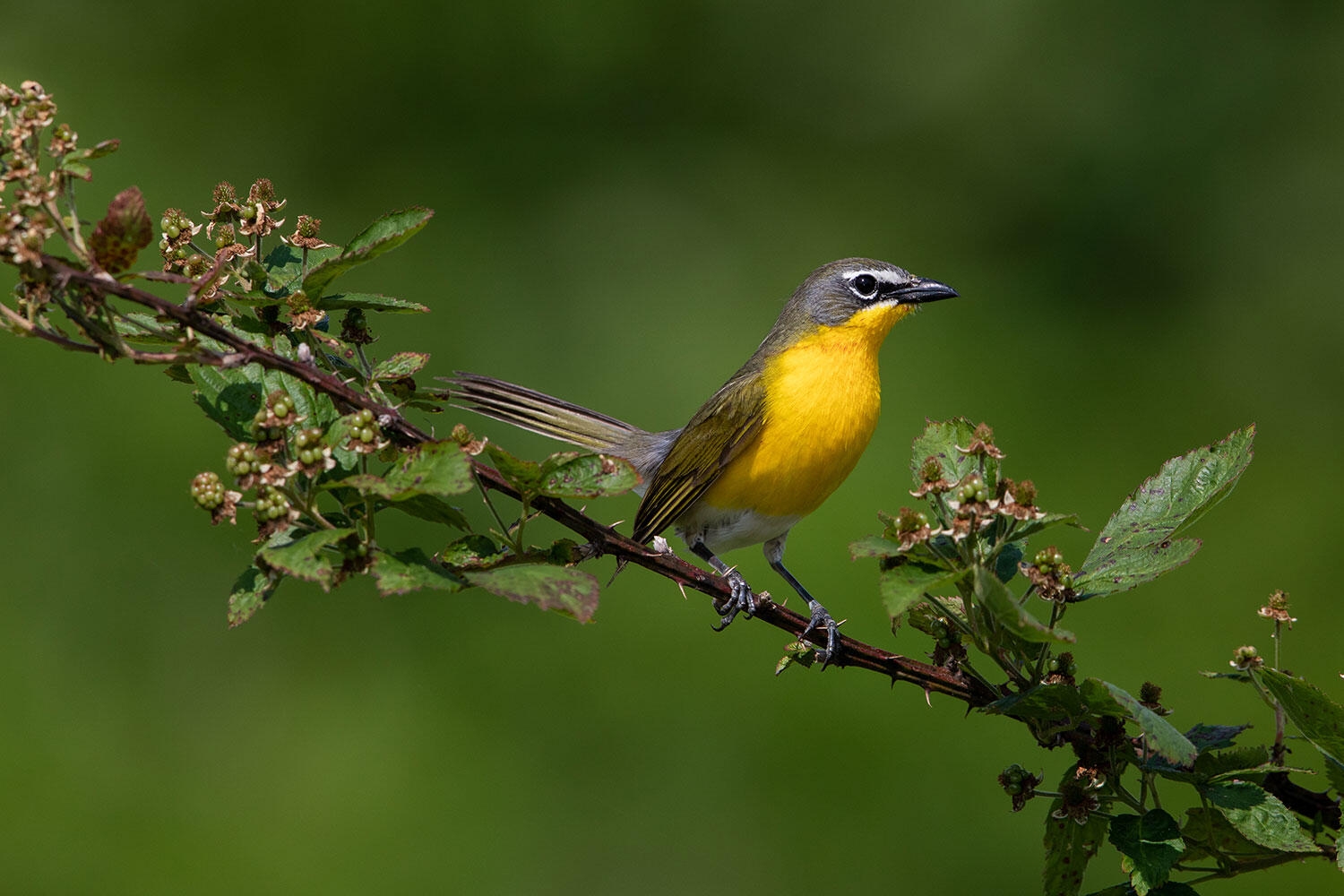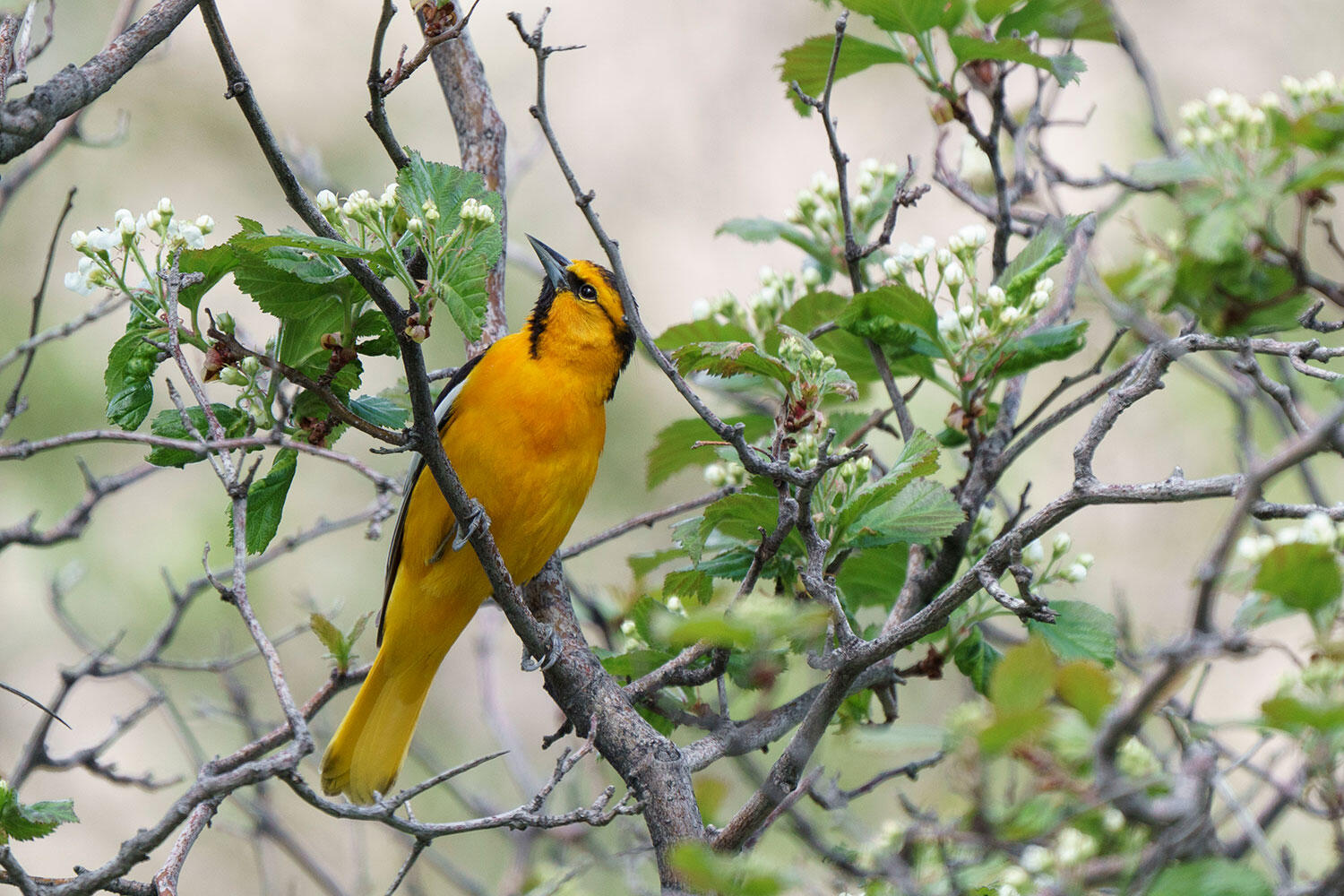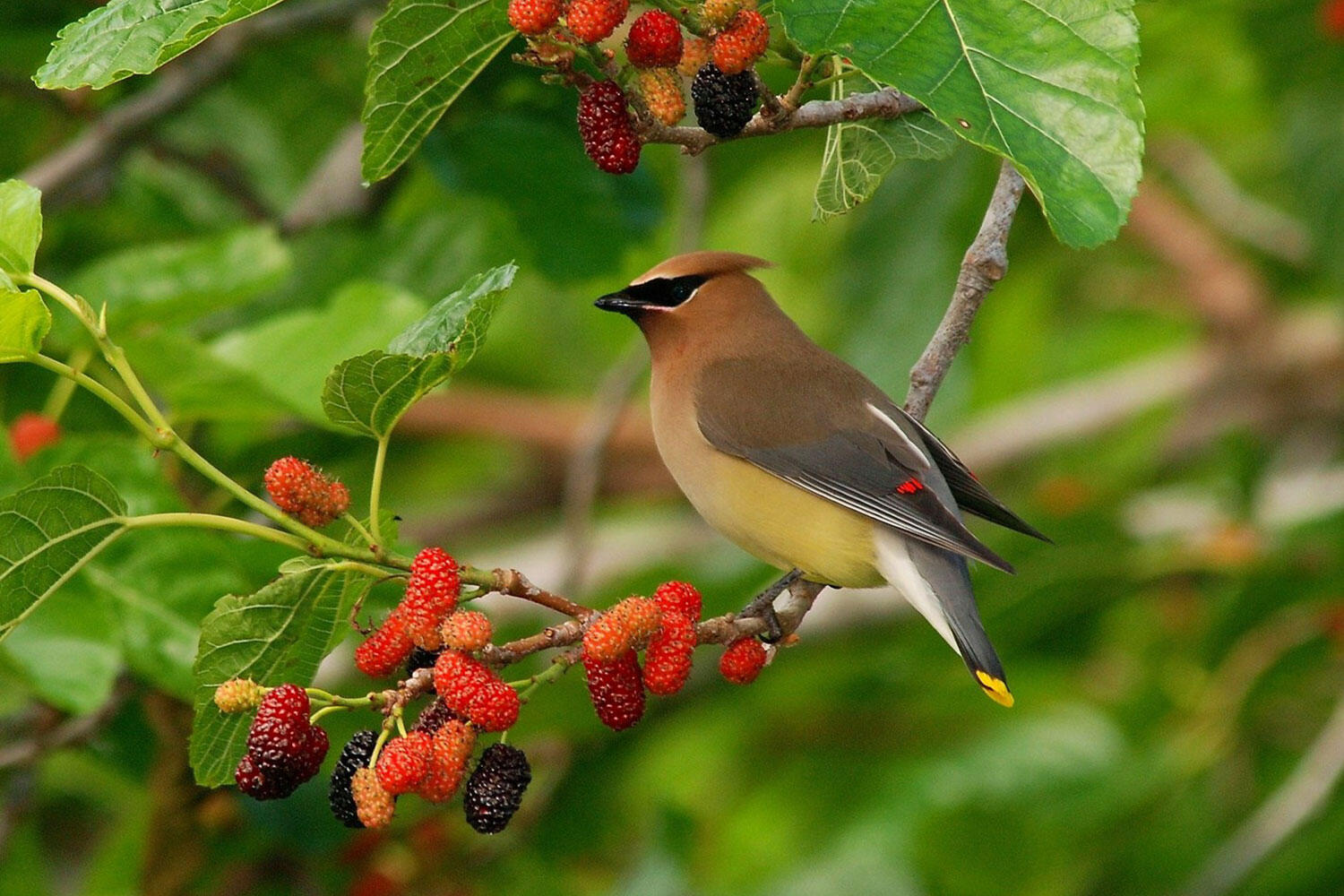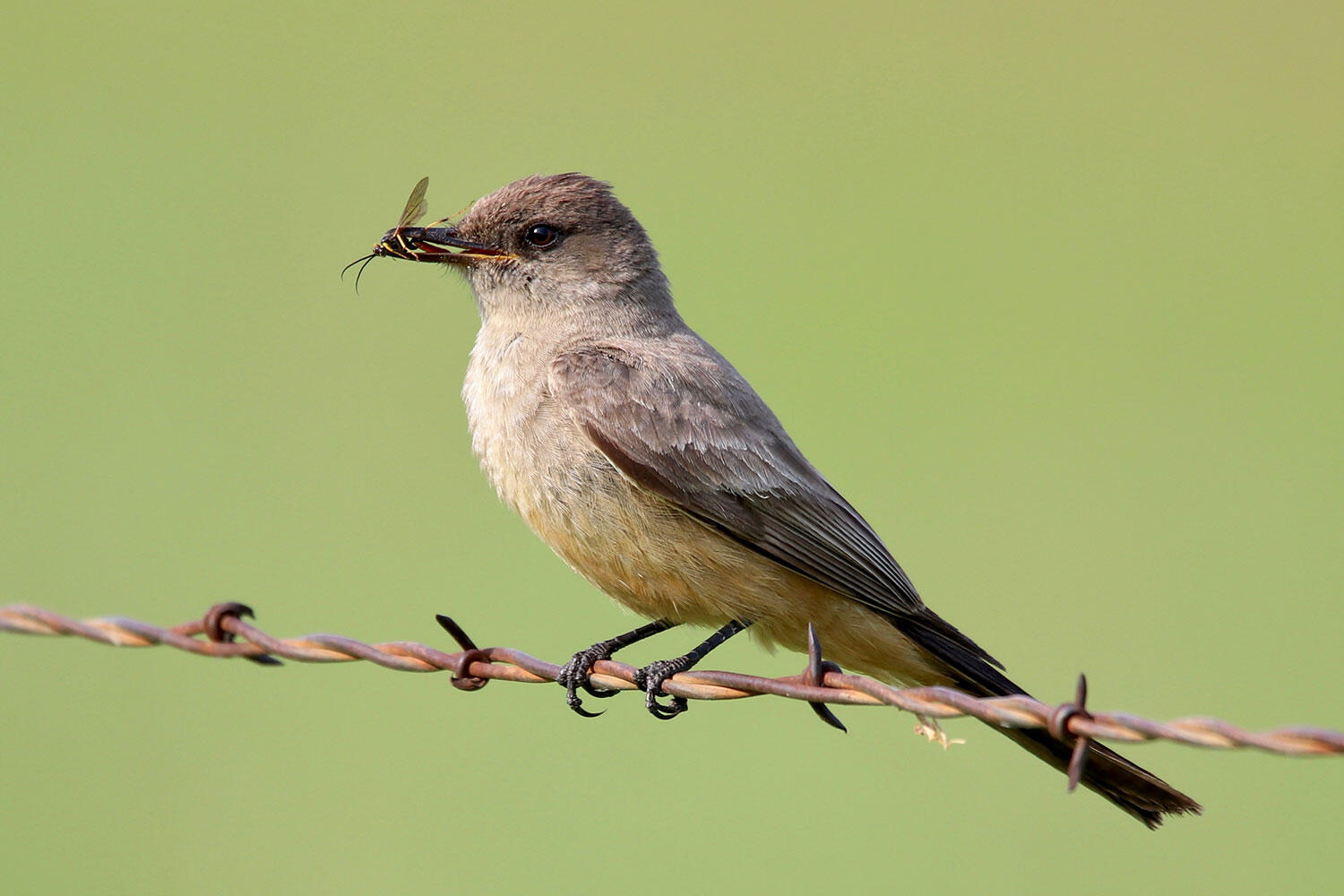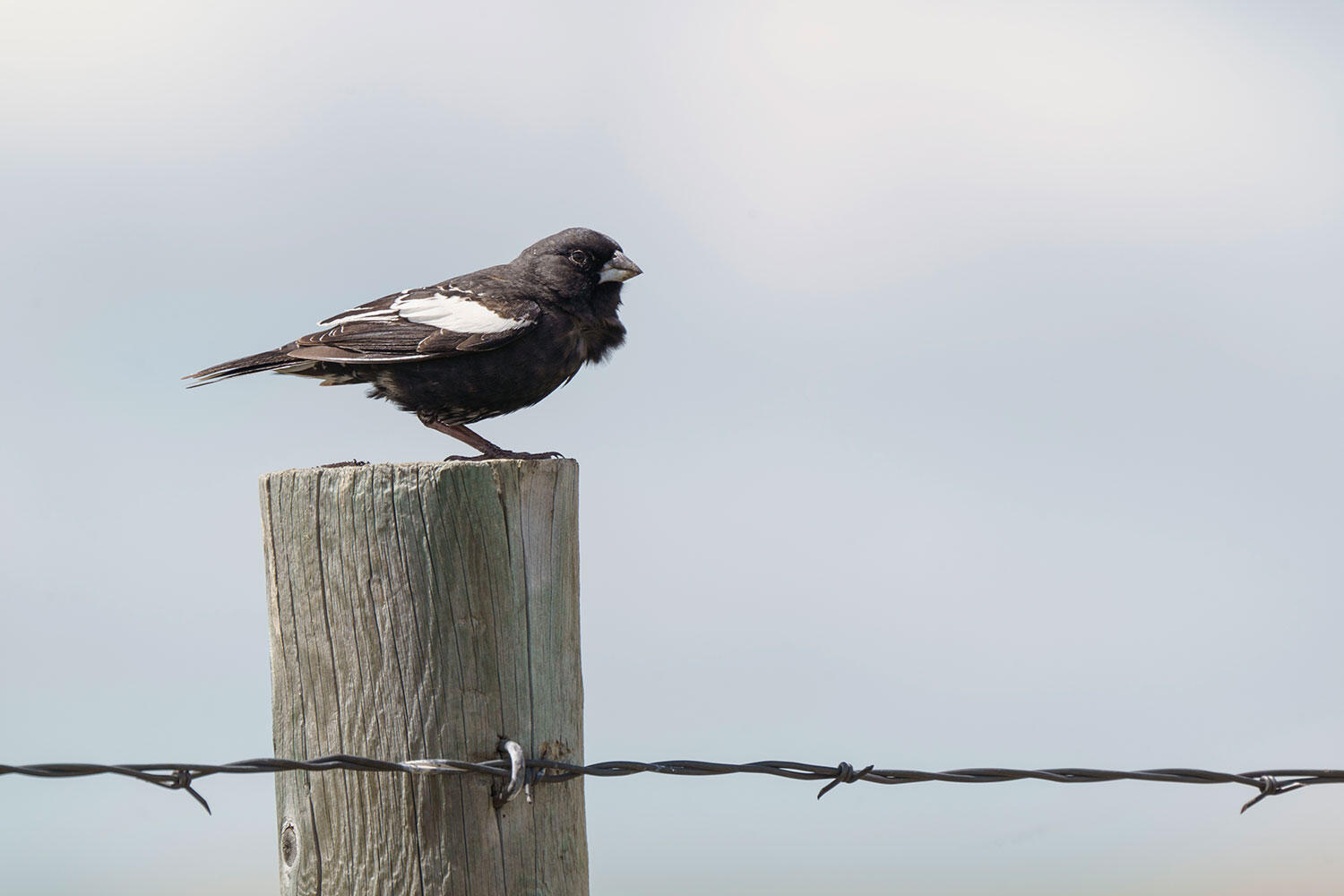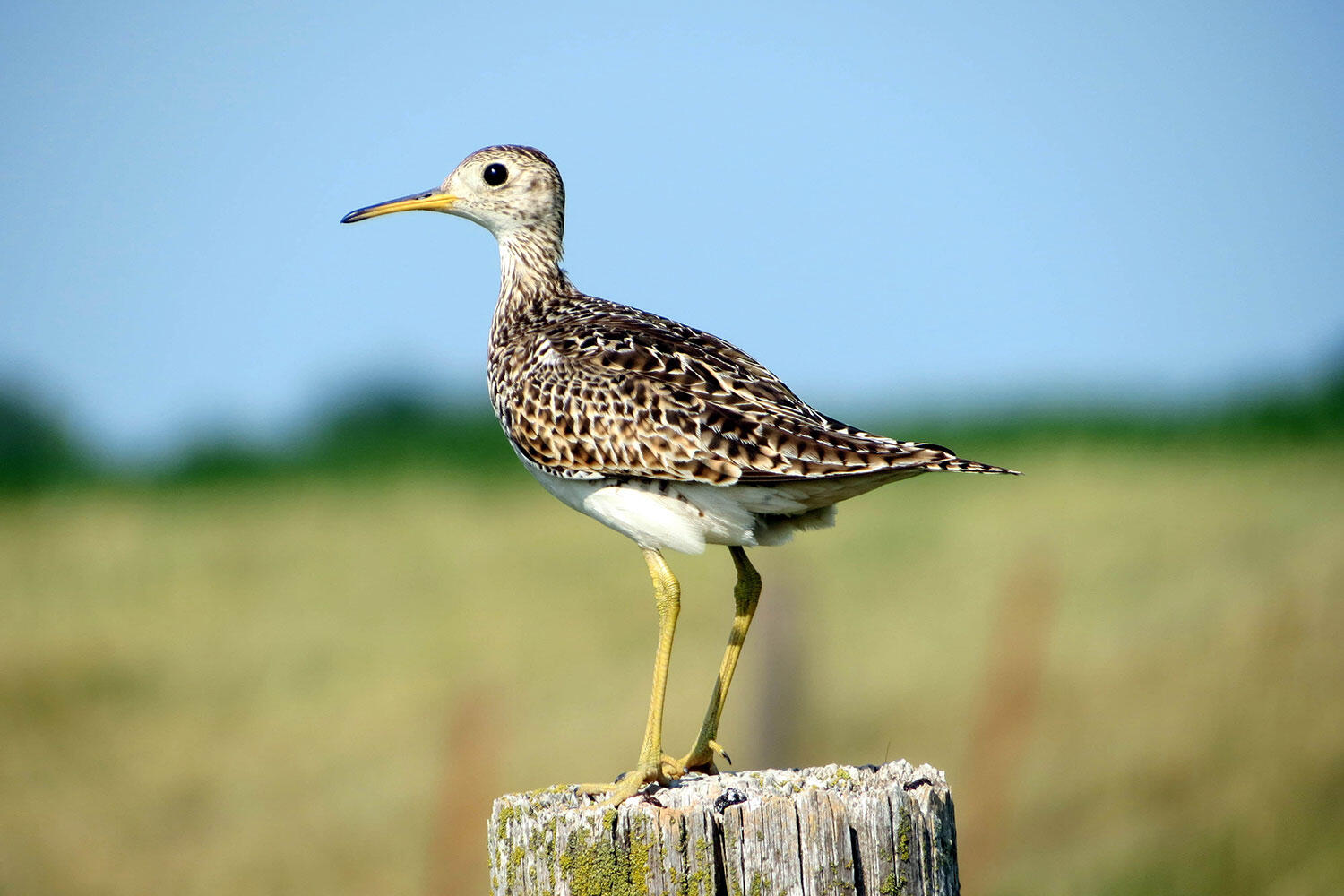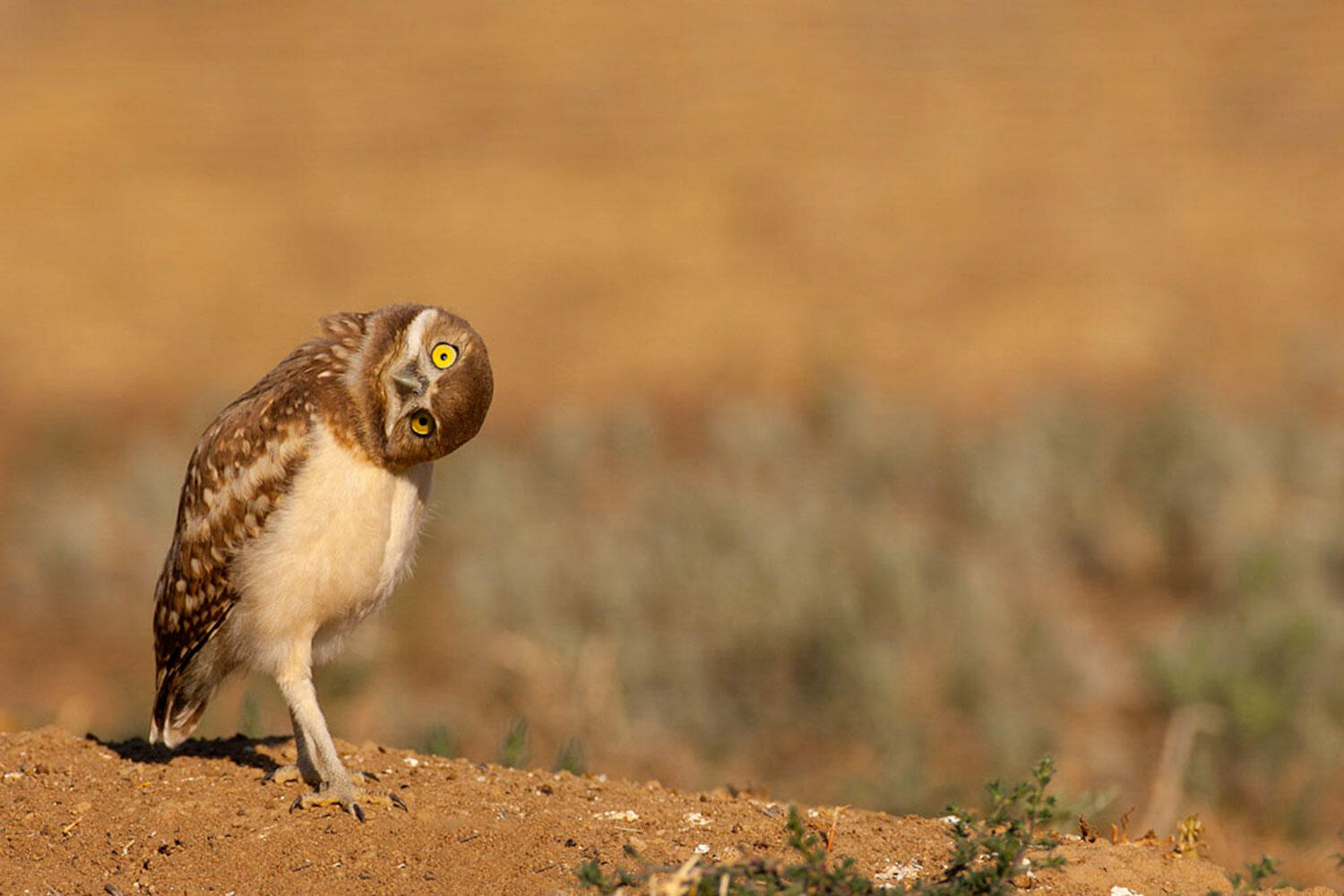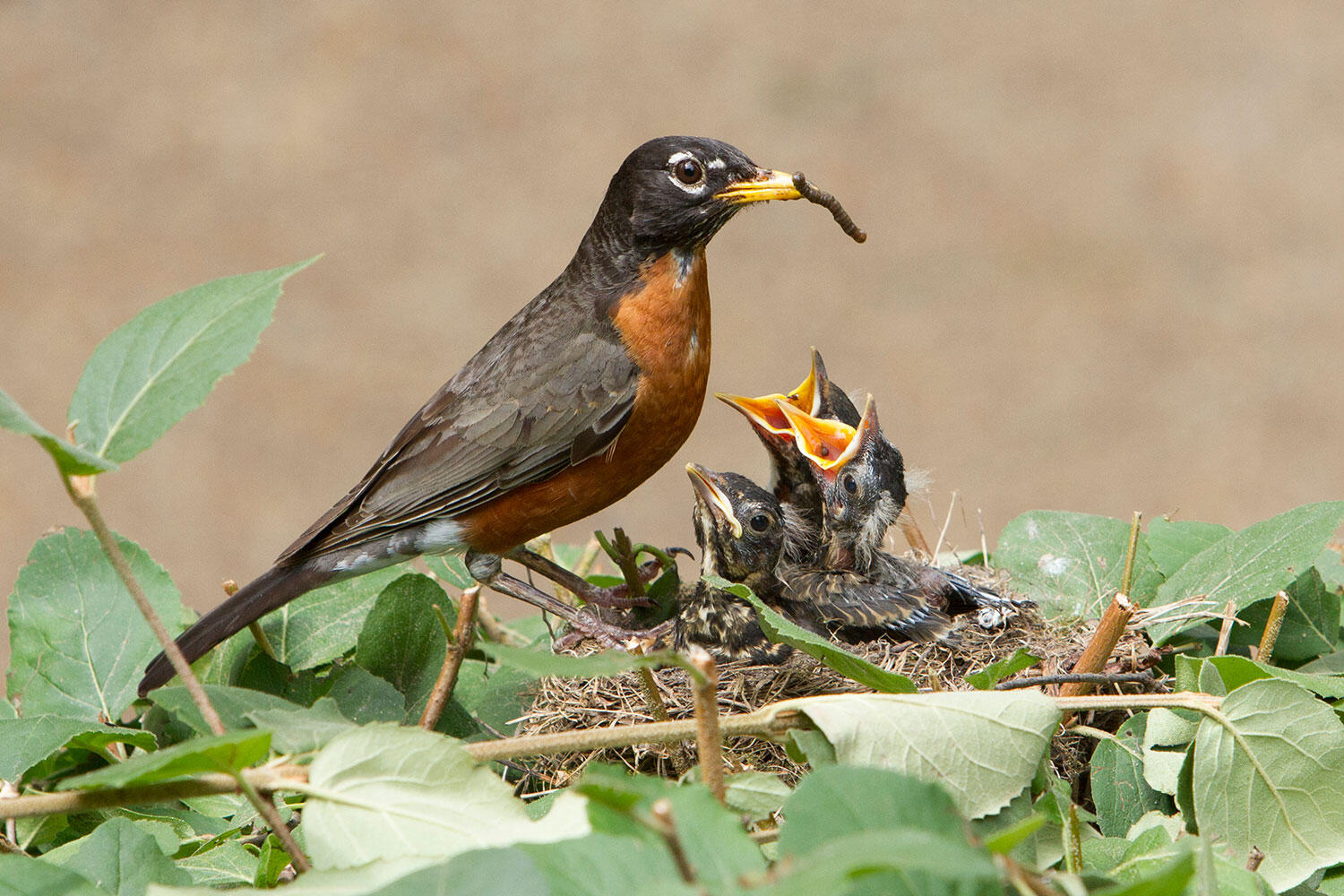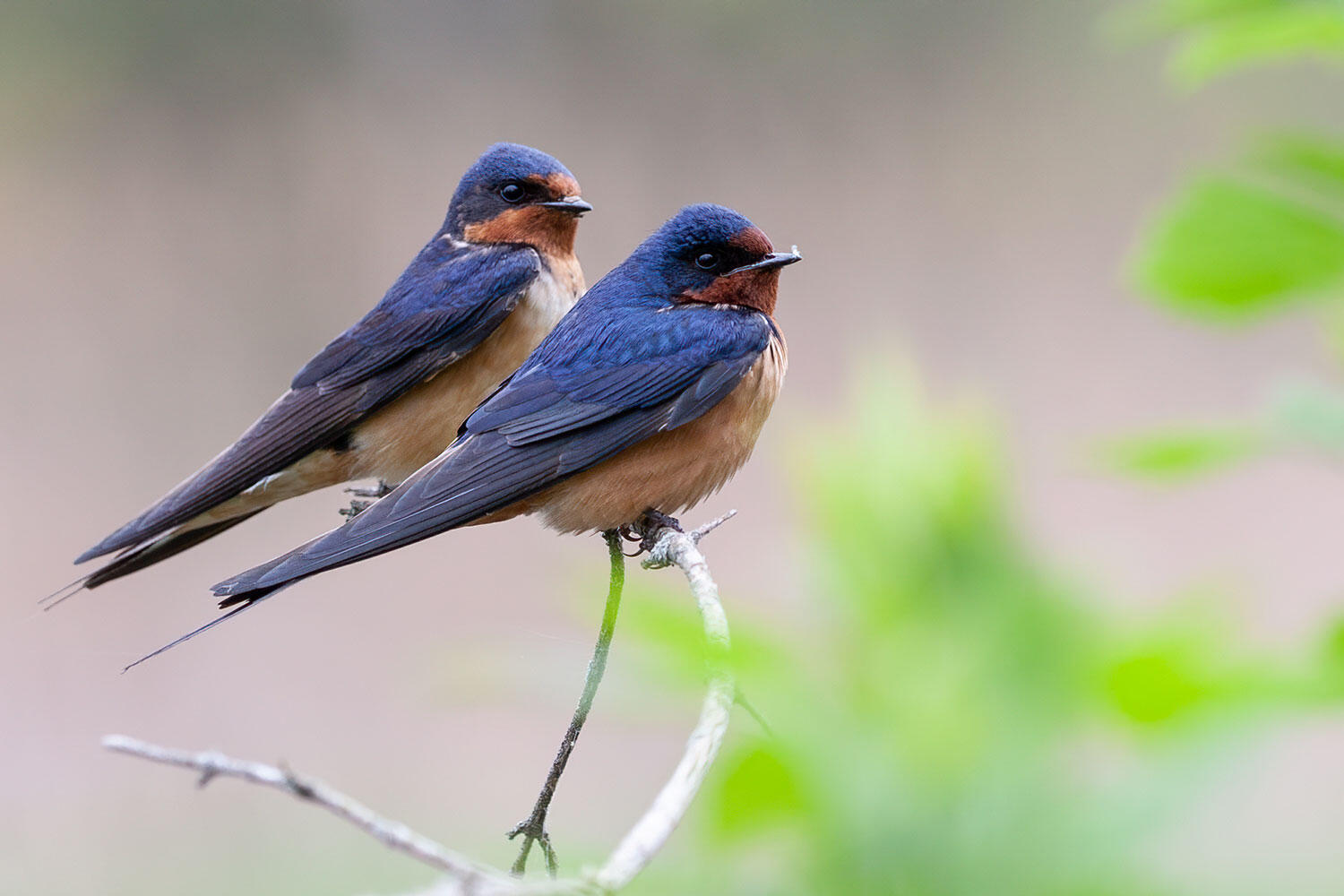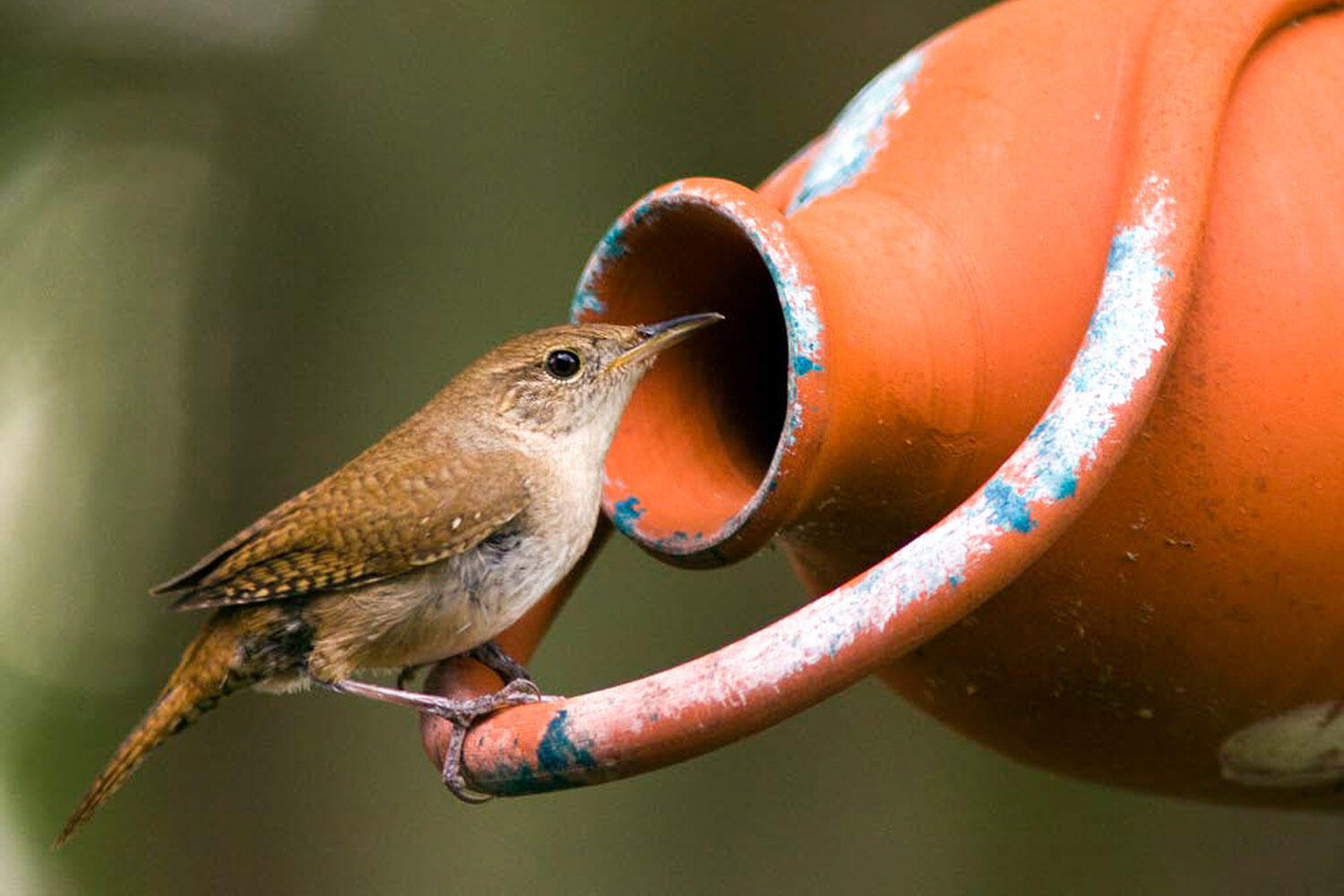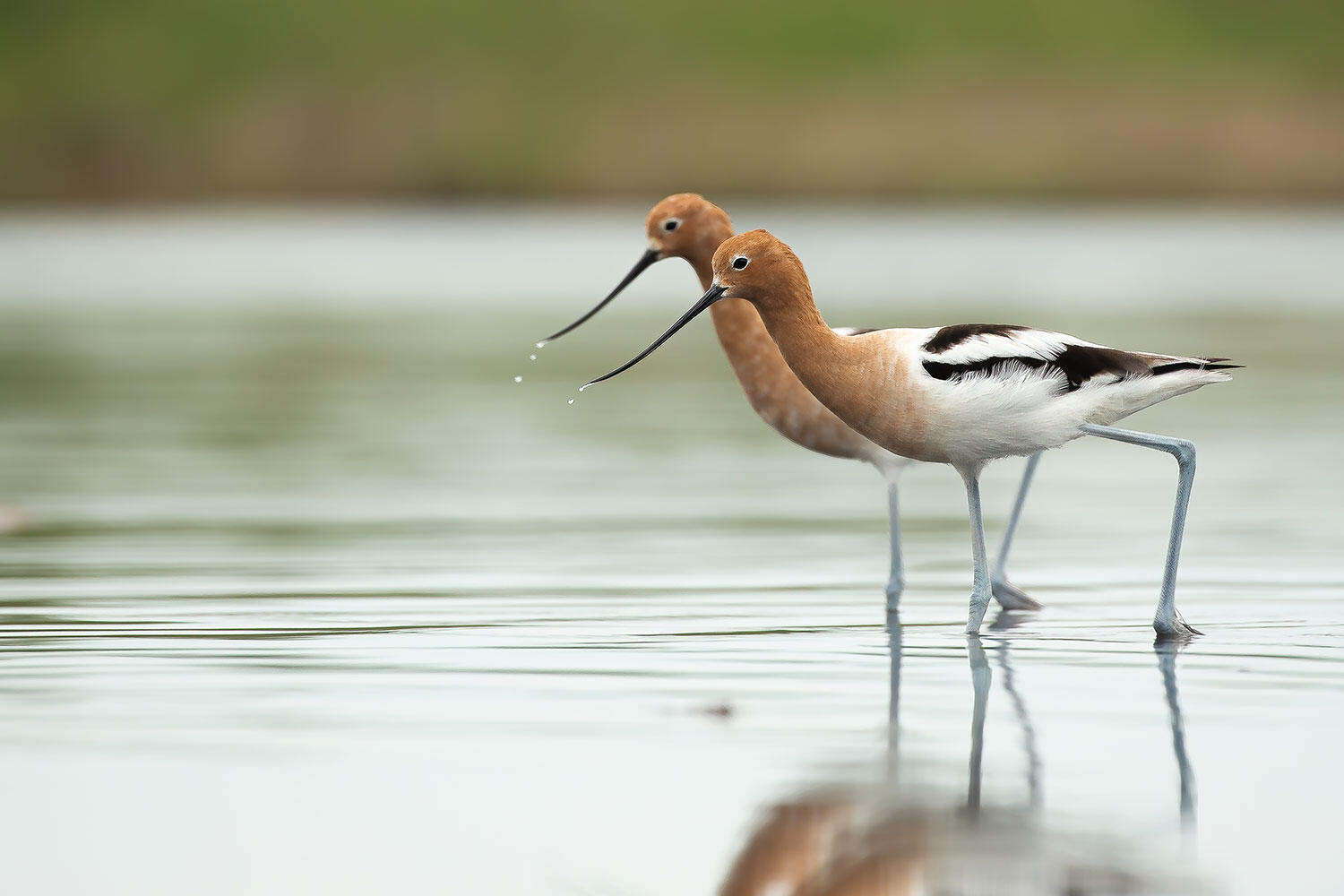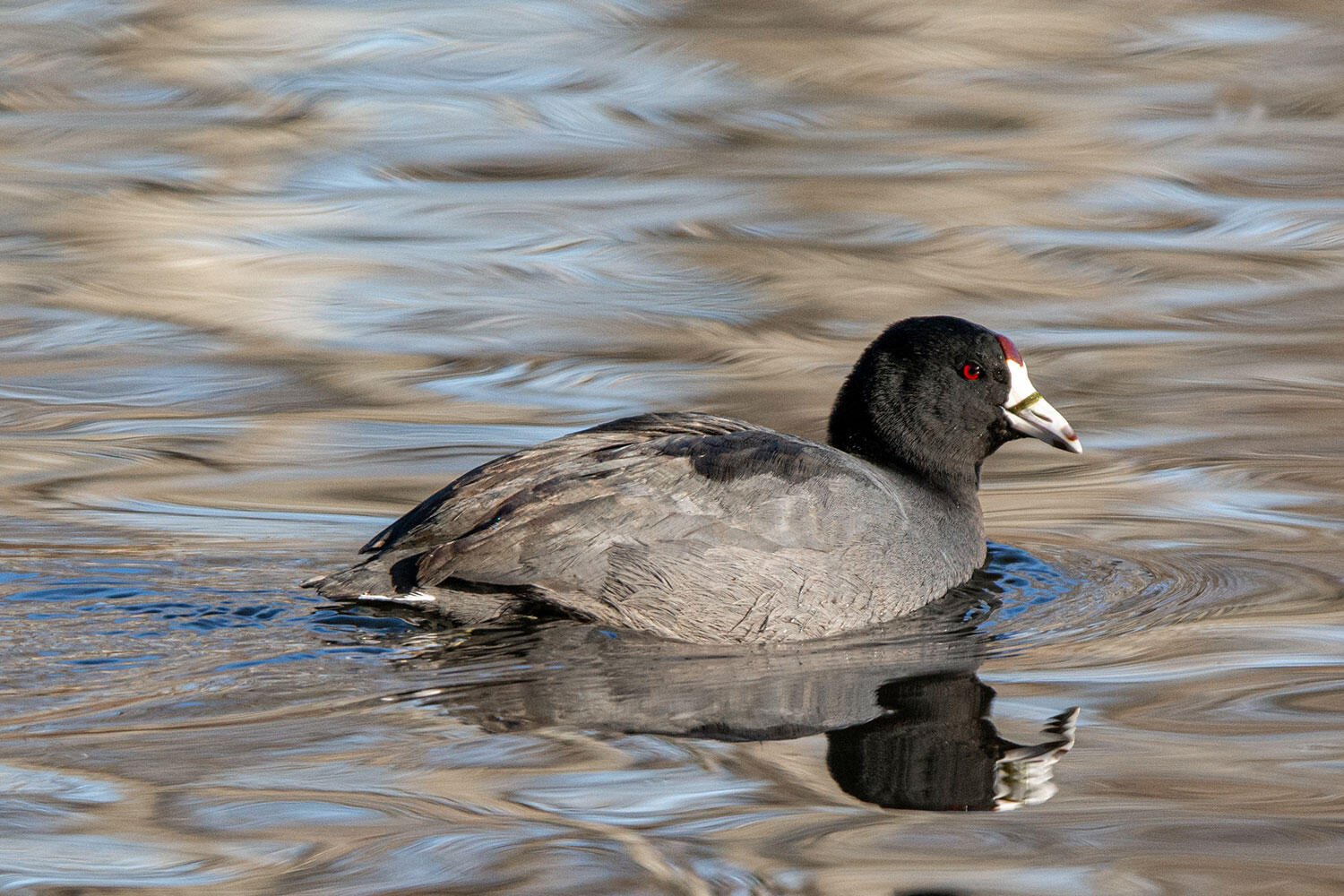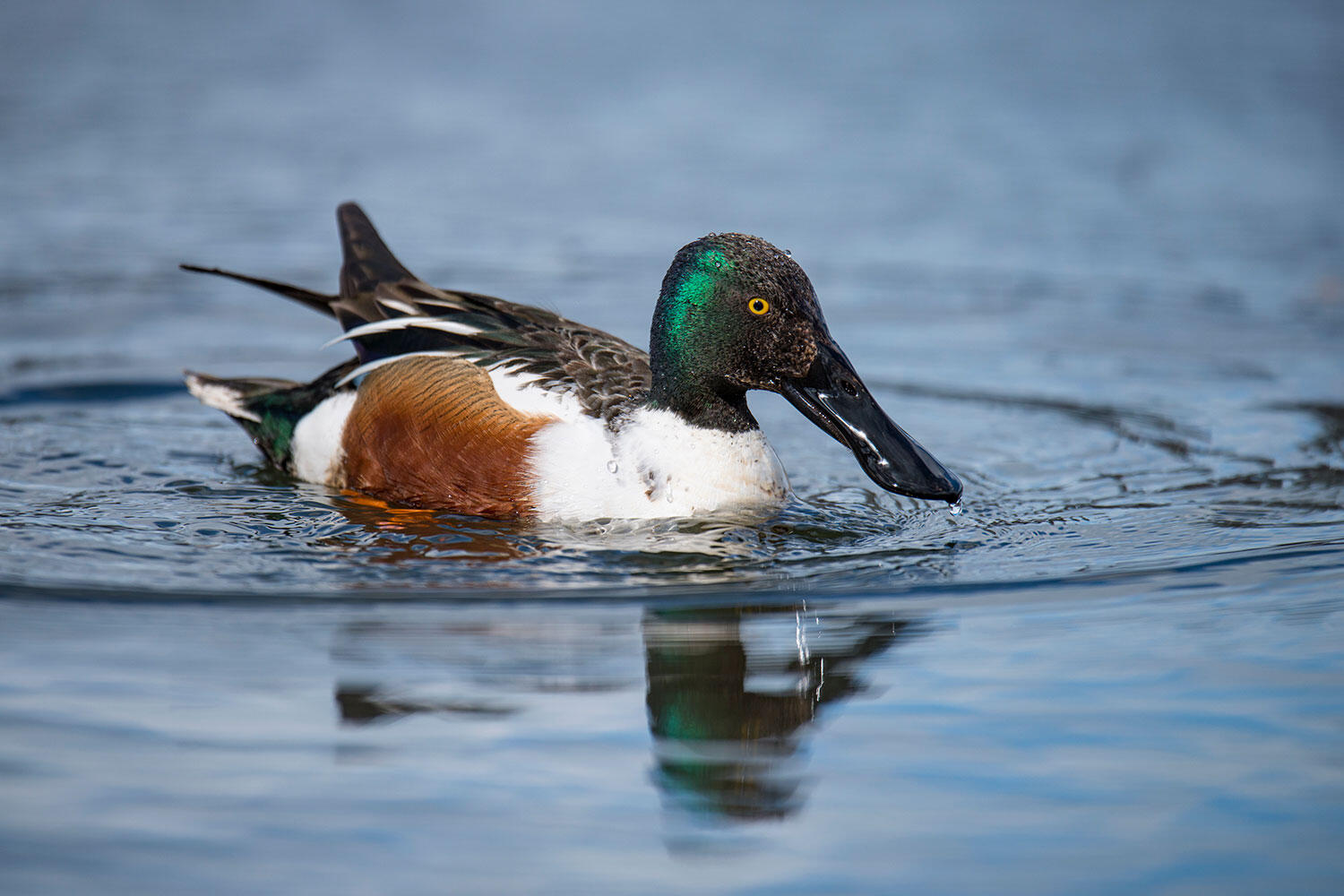Time spent outside in the winter tends to be frigid cold, bright white, and very quiet. After months of seeing few critters besides cottontails, chickadees, and cows, forgetting what spring is like is easy. The first sighting of bluebirds and green growth poking through the snow can be very exciting. Some may even feel an unavoidable pull to get out and see what else is alive and kicking. For those folks, look no further than your own backyard, local park, or wild public land.
The Audubon Guide to Birds helps with identification and even lets you know what birds have been seen recently at or near your current location. The Audubon Bird Guide app is a free and complete field guide to over 800 species of North American birds. Built for all experience levels, it will help you identify the birds around you, keep track of the birds you’ve seen, and get outside to find new birds near you.
For those looking to make a contribution to science and the understanding of birds in Wyoming or wherever your travels take you, check out eBird. Both of these apps are free and can be downloaded wherever you get your other smartphone apps.
Here is a spring fever guide to where to look for the birds returning to Colorado, Wyoming, and Utah!
Overhead
Fenceposts and Telephone Wires
In the Trees
Nesting Near Your Home and Outbuildings
In the Field
In Your Garden
At the Water's Edge
This article was originally published in Barnyards and Backyards.

